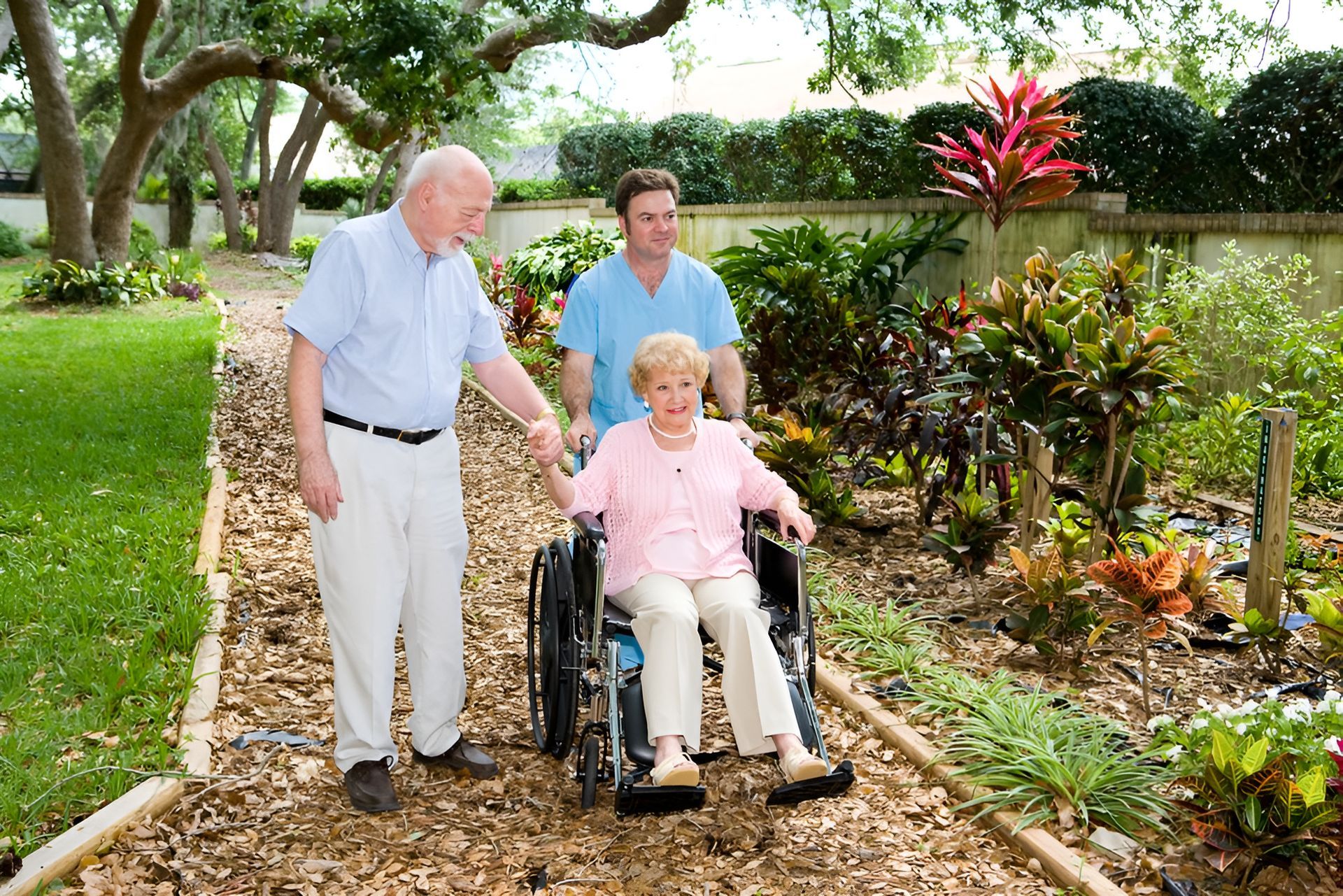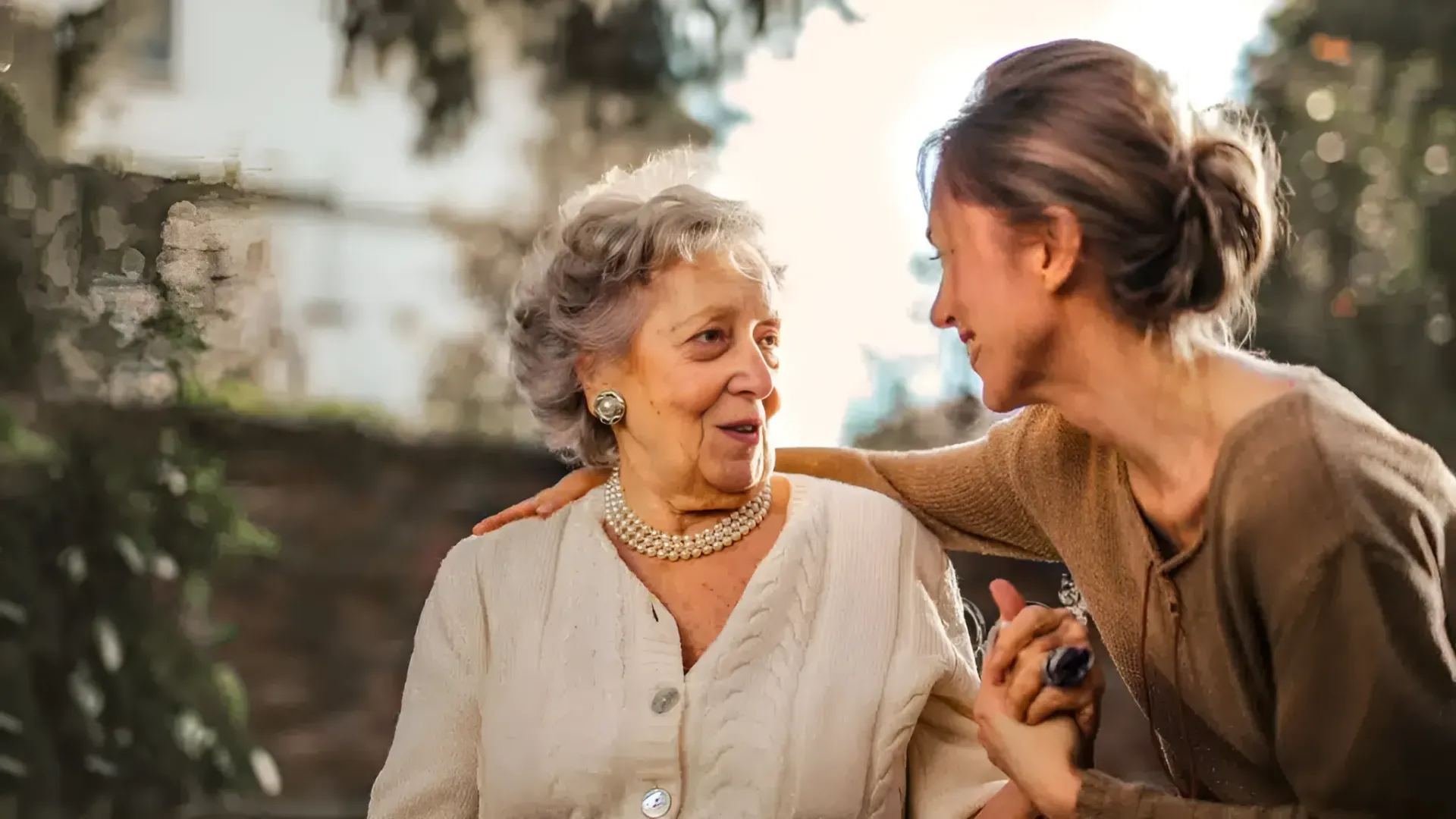Assisted Living And Nursing Homes: What Is The Difference?

If your loved one is having difficulty and can no longer safely live in their own home, you’re facing the difficult decision of their move. This decision is made more difficult because of a lack of understanding about all the living options, and the differences between assisted living and nursing homes.
Senior Assisted Living Facilities in Colorado Springs
Assisted living communities in Colorado Springs are often for people with more independence who need less supervision. These residents are fairly self-sufficient throughout the day and need relatively little assistance with daily living activities. These communities offer minor supervision, staff for personal care when needed, and minor medical supervision with nurses who are on call if needed. In an assisted living community, the staff performs routine tasks like cooking, housekeeping and laundry to allow the resident to enjoy planned activities and socializing with other residents. These centers also often have transportation services that will take residents to doctor appointments, shopping and other errands.
Assisted living communities tend to have amenities that one would find in a regular subdivision or neighborhood, such as workout facilities, swimming pools and movie theaters. Lots of outings are arranged as well to local entertainment venues and other places.
Many assisted living communities in Colorado Springs have specialized wings for dementia patients, or the entire facility might be a dedicated memory facility. These facilities tend to have a bit more help with daily activities, as well as help with things like bathing, toileting and medication reminders. There is much more supervision and medical care in these memory care facilities.
Nursing Homes in Colorado Springs
Nursing homes in Colorado Springs are designed for people who have much more serious physical ailments and therefore need round-the-clock medical care. In short, these residents cannot care for themselves at all. A registered nursing staff is available 24 hours in nursing homes designated as skilled nursing facilities. Certified nursing assistants (CNAs) staff an intermediate care facility. Residents in nursing homes are often on respirators, need diabetic wound care, or are bed bound. There are usually seven RNs, 13 LVNs and 40 nursing assistants for every 100 patient beds.
Medicare will typically not cover assisted living but does cover nursing home care. Government funding may be available for assisted living facilities, but that varies state by state.
What’s The Difference?
Assisted living offers more privacy like private resident apartments or even small homes, while nursing homes offer shared or private rooms. Monthly costs vary widely, but are generally in the $2500 to $5000 range for assisted living and the $4500-$12,000 range for nursing homes because of the medical care required.










